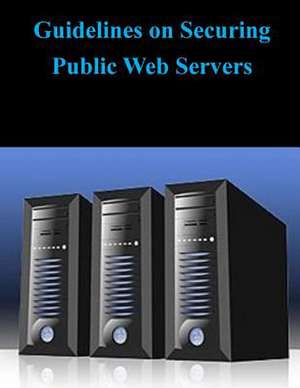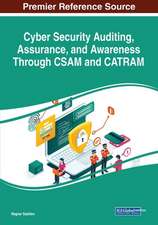Guidelines on Securing Public Web Servers
Autor National Istitute of Standards and Technen Limba Engleză Paperback
Preț: 78.35 lei
Preț vechi: 97.94 lei
-20% Nou
Puncte Express: 118
Preț estimativ în valută:
14.99€ • 15.60$ • 12.38£
14.99€ • 15.60$ • 12.38£
Carte disponibilă
Livrare economică 25 martie-08 aprilie
Preluare comenzi: 021 569.72.76
Specificații
ISBN-13: 9781502866264
ISBN-10: 1502866269
Pagini: 136
Dimensiuni: 216 x 279 x 7 mm
Greutate: 0.33 kg
Editura: CREATESPACE
ISBN-10: 1502866269
Pagini: 136
Dimensiuni: 216 x 279 x 7 mm
Greutate: 0.33 kg
Editura: CREATESPACE

























